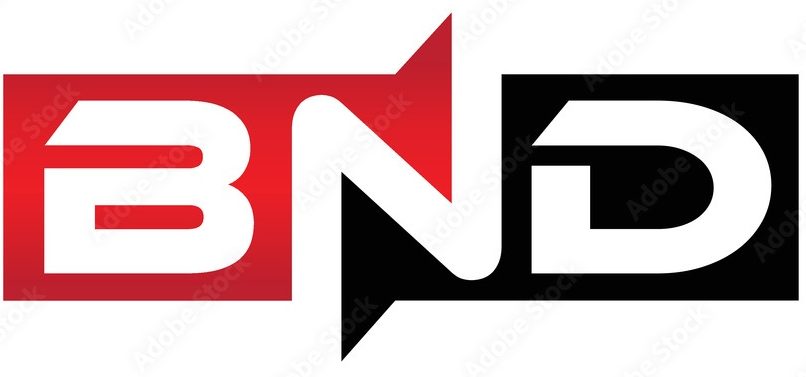Understanding Hony aku
What Is Honyaku?
Honyaku, a Japanese term meaning “translation,” refers to the modern approaches and technologies used to bridge language gaps. It encompasses a range of tools and techniques designed to make translation more accessible and precise. Whether you’re a business professional needing to localize content or an individual looking to understand foreign media, honyaku plays a pivotal role.
The Evolution of Honyaku
The concept of honyaku has evolved significantly from traditional manual translation methods to advanced digital solutions. In the past, translation was a labor-intensive process requiring skilled linguists. Today, hony aku includes sophisticated machine translation algorithms and AI-driven tools that enhance speed and accuracy.
The Impact of Honyaku on Different Sectors
Business and Commerce
For businesses, honyaku is indispensable. Companies operating in international markets rely on honyaku to localize their marketing materials, product descriptions, and customer support. This not only helps in reaching a broader audience but also ensures that the message resonates culturally with the target market.
Education and Research
In the realm of education and research, honyaku facilitates access to global knowledge. Researchers can access studies and publications in different languages, while students can benefit from educational resources that were previously unavailable due to language barriers.
Media and Entertainment
The media and entertainment industry also benefits greatly from hony aku. Subtitles, dubbing, and translations of books and articles are made possible through advanced hony aku techniques, allowing content to be enjoyed by a global audience.
Key Technologies in Honyaku
Machine Translation
Machine translation (MT) is one of the most significant advancements in hony aku. It involves the use of computer algorithms to automatically translate text from one language to another. Tools like Google Translate and DeepL exemplify how MT is used to quickly translate large volumes of text.
Neural Machine Translation
Neural machine translation (NMT) represents a more sophisticated form of MT. NMT uses artificial neural networks to understand context and produce translations that are more fluent and natural. This technology has significantly improved the quality of machine translations, making honyaku tools more reliable.
AI and Natural Language Processing
Artificial intelligence (AI) and natural language processing (NLP) are at the forefront of hony aku advancements. AI-powered translation tools can learn and adapt over time, providing more accurate translations. NLP algorithms help in understanding the nuances of language, which is crucial for effective translation.
Benefits of Honyaku
Enhanced Communication
One of the primary benefits of hony aku is its ability to enhance communication across different languages. Whether for business or personal use, accurate translation helps in bridging cultural gaps and facilitating better interactions.
Increased Accessibility
Hony aku makes information more accessible to non-native speakers. This is especially important in today’s interconnected world where access to global content is essential.
Time and Cost Efficiency
Modern hony aku tools streamline the translation process, saving both time and money. Automated translation solutions reduce the need for extensive human resources, making translation more cost-effective.
Challenges and Considerations
Accuracy and Context
Despite advancements, achieving perfect accuracy in translation remains a challenge. Hony aku tools must consider context and cultural nuances to provide precise translations.
Language Complexity
Some languages pose more challenges than others due to their complexity and unique characteristics. Honyaku tools continue to improve, but certain languages still present difficulties.
Conclusion
Honyaku represents a significant leap forward in the field of language translation. By leveraging advanced technologies like machine translation, neural networks, and AI, hony aku tools are making global communication more seamless than ever. As these technologies continue to evolve, we can expect even greater accuracy and efficiency in translation, bridging cultural gaps and fostering better understanding across the globe.
FAQs
What does honyaku mean?
Honyaku is a Japanese term that means “translation.” It refers to the process and technologies involved in translating text from one language to another.
How has hony aku evolved over the years?
Hony aku has evolved from traditional manual translation methods to include advanced digital solutions like machine translation and AI-driven tools.
What are some key technologies used in hony aku?
Key technologies in honyaku include machine translation, neural machine translation, and artificial intelligence with natural language processing.
How does hony aku benefit businesses?
Hony aku benefits businesses by enabling effective localization of content, reaching a broader audience, and ensuring cultural resonance in international markets.
What challenges are associated with hon yaku?
Challenges in hony aku include achieving accurate translations, especially with complex languages, and considering context and cultural nuances.



